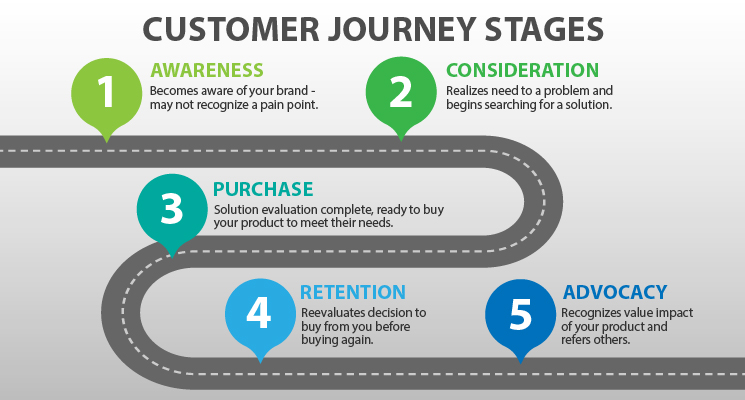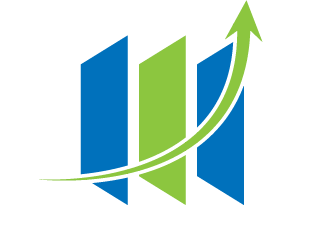Successful sales teams understand that nuances within the customer journey are different for every customer. Some deals have multiple buyers where each buyer has their unique needs and preferences.
Your company can grow rapidly if you effectively map out the choices your buyers make along their journey and equip your sales team with a selling methodology that aligns with each decision point.
If your team is not engaging as strategically as you’d like with your customers, then you need to help them evolve. Merely filling orders is very different from being a consultative partner to your customers.
Discover how top-performing sales organizations align skills with customer needs:
- Map specific sales skills to each customer journey stage
- Use dual-perspective assessments from both sellers and managers
- Integrate skill gap findings into quarterly review processes
- Take targeted corrective action through development and restructuring
- Focus on consultative partnerships rather than transactional order-taking
How the Customer Journey Reveals Sales Skill Requirements
The journey a customer goes through to make a purchase is composed of several stages. From their first interaction with your brand to the reasons they continue to choose you over your competition.
Each stage of the process presents different challenges and requires distinct skills from your sales team.

For instance, in the first awareness stage of the customer journey, a prospect is typically looking for advice related to a problem they are looking to solve. They are just becoming aware of the existence of your company and its products or services. They may not even know what it is that you offer exactly.
This is the time when your sellers must be excellent at preliminary needs discovery to usher the prospect into the consideration stage. They do this by being effective at swiftly aligning your value proposition to what resonates most with the prospect based on their unique needs.
As your customer progresses to the Retention and Advocacy stages in their journey, entirely different sales skills are needed.

Your salespeople need the ability to foster long-term, engaging relationships with each potential buyer within their accounts. They do this by anticipating market shifts and business challenges and providing forward-thinking insights that position them as a trusted advisor.
This stage requires a high level of strategic foresight and consultative thinking. A friendly order-taker may be able to deliver customer satisfaction at a transactional level, but that elementary engagement fails to unlock the collaborative partnerships that drive account expansion and competitive differentiation.
True strategic partners become indispensable to their clients by offering industry expertise, proactive problem-solving, and innovative solutions that help customers achieve their broader business objectives. The companies that dominate their markets understand this connection between customer journey and sales competency.
The customer journey is your guide when it comes to identifying the sales skills your company needs to reach “next level” revenue goals.
In my Fractional Sales Leadership practice, I help organizations build this competitive advantage. By better defining your customers’ journey, you can identify the specific sales skills needed to succeed at each stage. This strategic approach separates market leaders from those stuck in reactive selling patterns.
Evaluating Your Sales Team’s Performance Capabilities
An effective method to uncover sales competency gaps is to develop a sales skill assessment methodology. The assessment should include a complete inventory list of all sales skills needed to optimally navigate each stage of the customer’s journey.
To gain an unbiased picture between how the seller views themselves versus their manager’s point of view, it is ideal for the salesperson to conduct a self-assessment exercise. Without gleaning from the seller’s perspective, the manager should assess each of their sellers after having spent ample time observing them in action.

From there, a productive mentoring conversation can occur with the goal to form an agreement on the seller’s top areas of strength and the areas needing development.
These new insights should feed directly into each salesperson’s quarterly review cadence.
If your sales review process isn’t already woven into your sales leadership approach, you’ll likely find my previous article helpful, “Elevating Sales Performance Through Strategic Quarterly Reviews”.
By creating a standardized sales skill assessment approach, you can ensure that all salespeople are evaluated using the same criteria. This makes it easier to identify gaps in sales skills to pinpoint what types of targeted training or coaching are needed.
Optimizing Your Sales Team for Peak Performance
A competent and well-positioned sales organization is crucial to achieving success. You need a strategic development plan that transforms assessment insights into performance excellence.
The objective is to maximize each team member’s potential while ensuring you have a customer-centric approach that attracts new customers, retains them, and maximizes relationships over time.
Based on your sales competency assessment and team composition, you have three primary pathways to unlock peak performance:
- Design personalized growth trajectories – The most impactful area for development is creating individualized quarterly coaching plans for each salesperson. This process requires consistent investment and guidance, but it delivers exceptional results when development opportunities are properly identified and addressed.
- Optimize role alignment – Sometimes assessments reveal untapped potential when a salesperson’s natural strengths don’t fully align with their current role. By repositioning team members where their talents can flourish, you ensure every customer journey stage is covered by someone operating in their zone of excellence, maximizing both individual satisfaction and overall results.
- Elevate your development ecosystem – Strategic sales training provides the foundation for customer-focused excellence, but the real transformation happens through consistent real-world coaching. This is why successful sales leaders invest significant time mentoring their people through live customer interactions, turning learning into lasting behavioral change.
Turn Skill Gaps into Growth Opportunities
By understanding the demands of each stage of the customer journey, you can provide targeted training and support to improve your team’s performance.

With the right corrective actions in place, you can ensure that your talent assets are positioned for high performance and capable of maximizing all opportunities in the pipeline.
You should always be reviewing your sales performance to uncover areas of improvement that drive revenue growth.
If you need help identifying skills gaps within your sales team or would like to learn more about how a Fractional Sales Leader can help you achieve your business goals, please reach out to me directly at (512) 808-6691 or js@cleardirectionsd.com or book a call through my Scheduling Tool.

———————————————————————————–
I am part of a national group of Senior Sales Leaders who collaborate to share insights like the examples shown in this article. We formed because of our shared passion to help business leaders exponentially expand their revenue.


